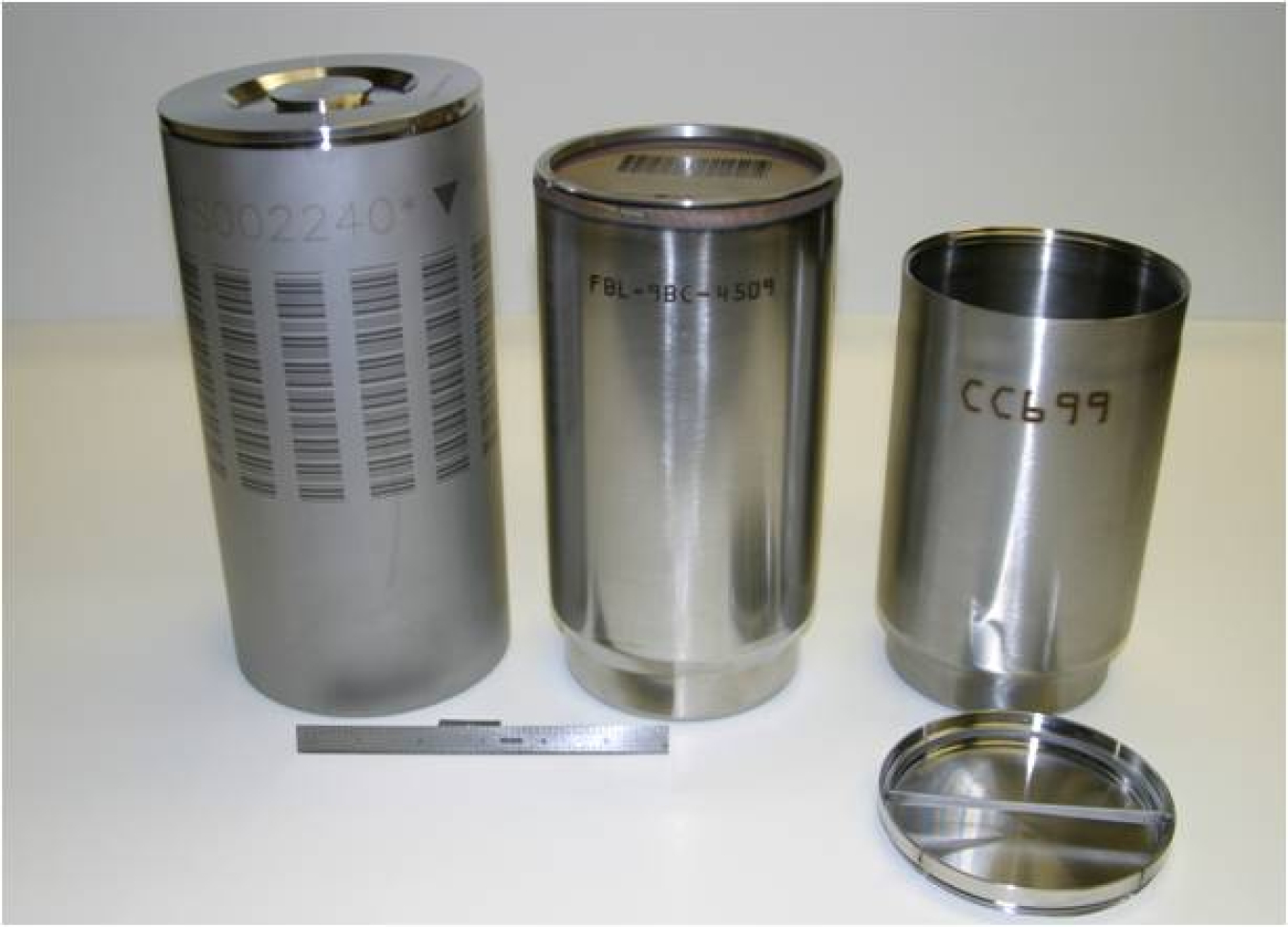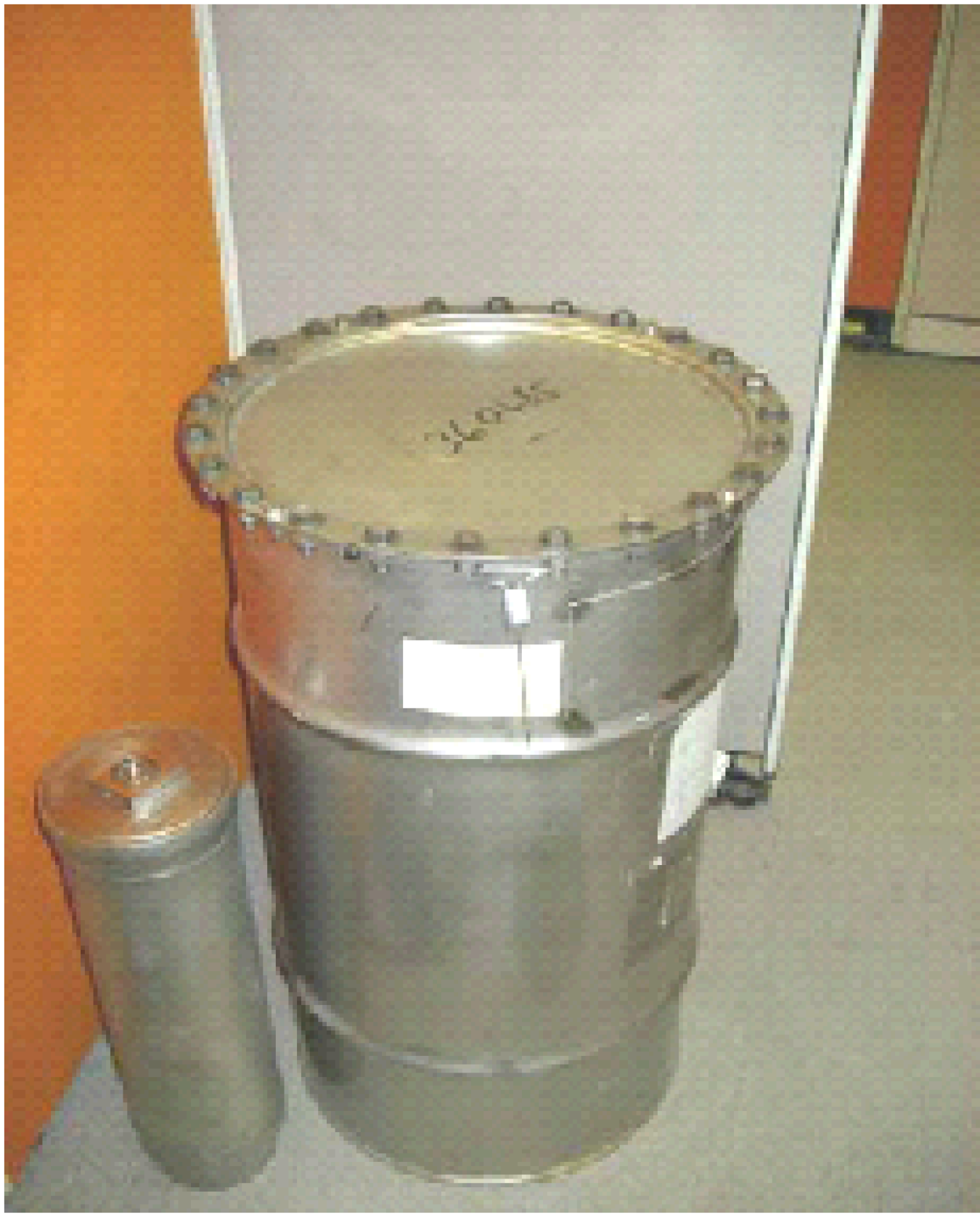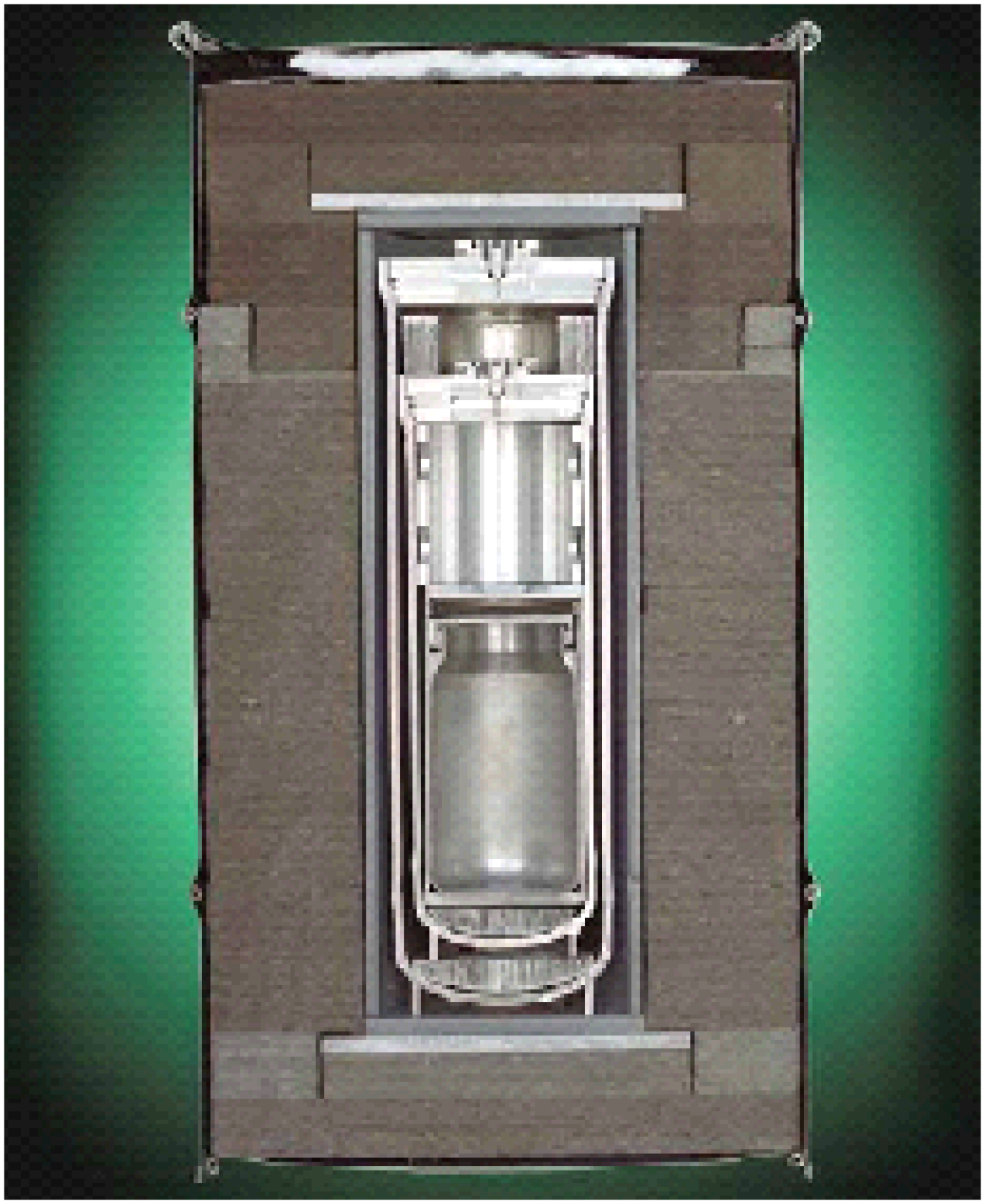
105-K building houses the K-Area Material Storage (KAMS) facility, which stores surplus nuclear materials.
The Office of Environmental Management (EM) facilitates implementation of safe, cost-effective interim and long-term storage, processing and disposition of DOE’s surplus nuclear materials. Surplus nuclear materials are nuclear materials that are excess to national security and have no DOE programmatic use. “Nuclear Material” means any material that is “special nuclear material,” “byproduct material,” or “source material” as defined in the Atomic Energy Act of 1954, as amended.
Some of the surplus non-pit plutonium currently stored at Savannah River Site is being downblended and packaged for shipment to the Waste Isolation Pilot Plant (WIPP) in Carlsbad, N.M., in accordance with both the April 2016 Record of Decision and the August 2020 Amended Record of Decision. (The term “non-pit plutonium” refers to plutonium that is not in the metal pit form that is the core of a nuclear weapon.)

From left to right: outer 3013 container, inner 3013 container, and convenience can
DOE 3013 containers (a nested package of three containers) are used to store surplus plutonium material. Prior to being packaged at various sites across the EM complex, the plutonium is stabilized in accordance with established standards for 50-year safe storage. In accordance with the 3013 surveillance program, nondestructive and destructive examinations of representative 3013 containers are performed to assure the integrity of the containers and their contents.

9975 shipping containers are used to ship and store 3013 containers at a consolidated storage facility, pending disposition.

A package ready to be shipped consists of a 3013 container inside a 9975 shipping container.
For additional information, contact Jomaries Rovira, Director of EM’s Office of Nuclear Materials, at Jomaries.Rovira@em.doe.gov

